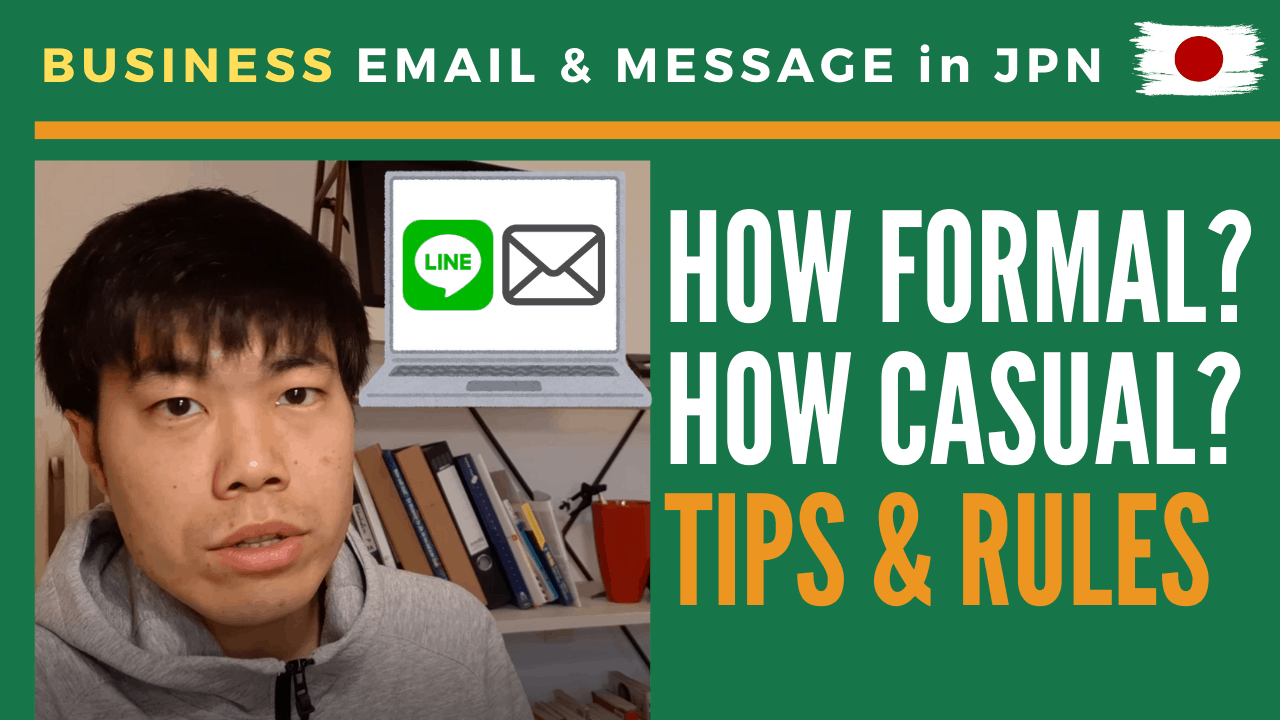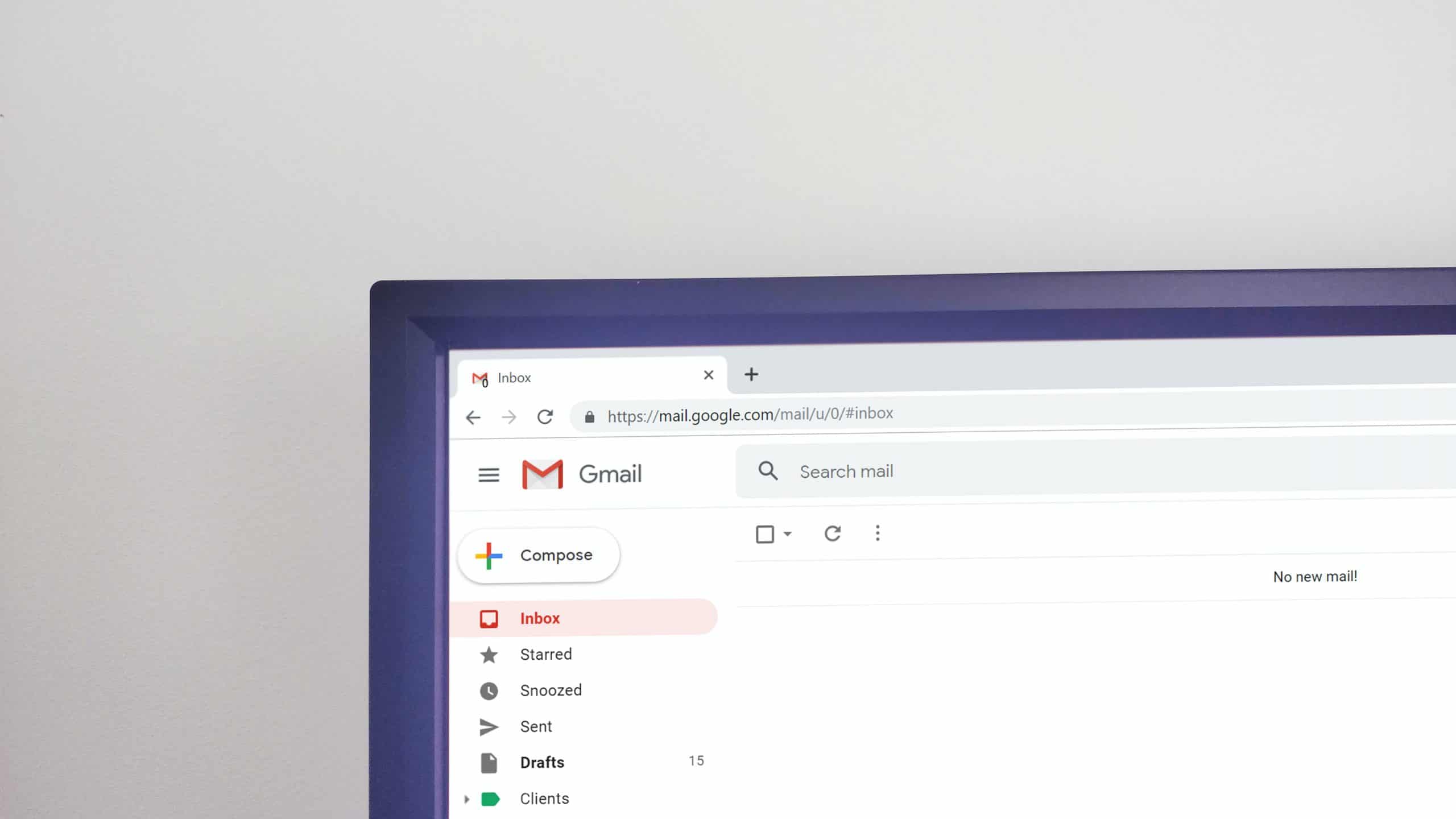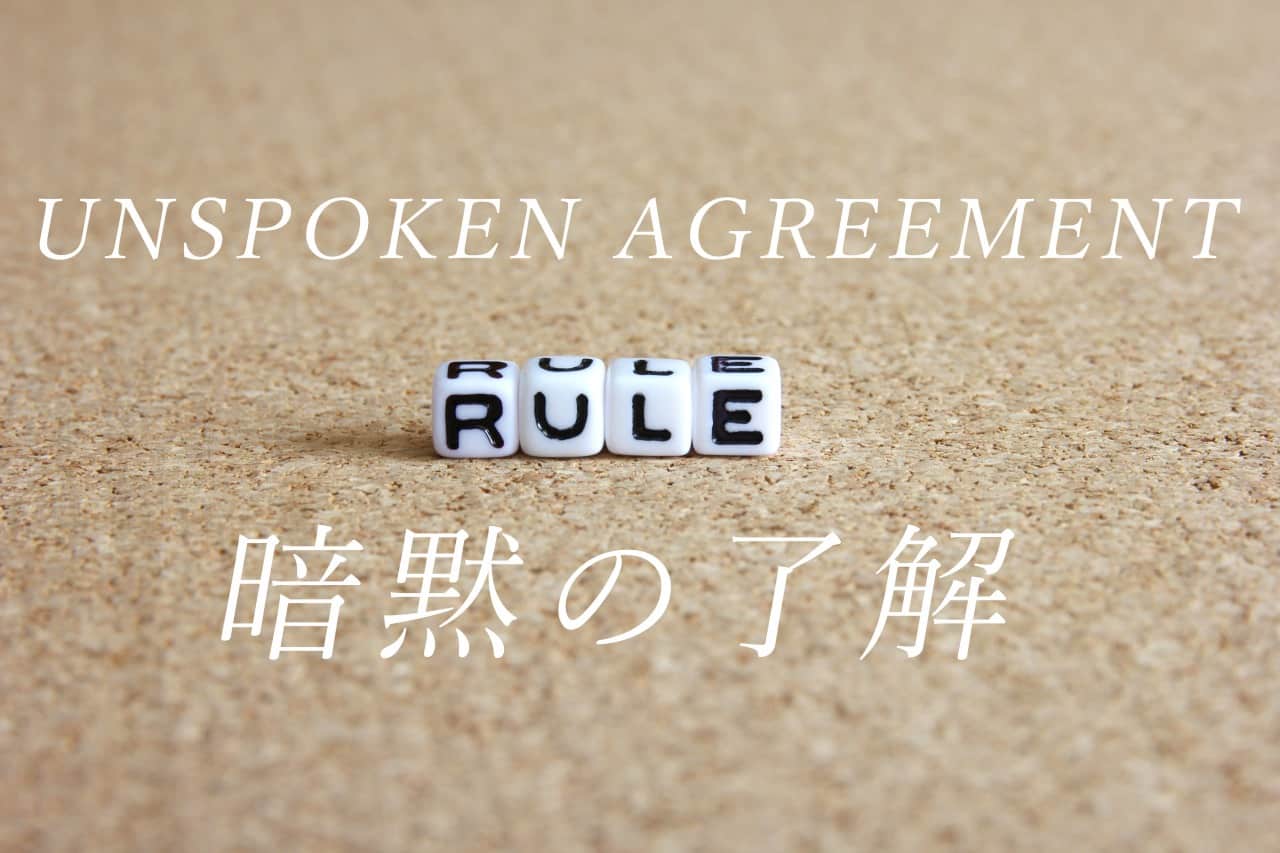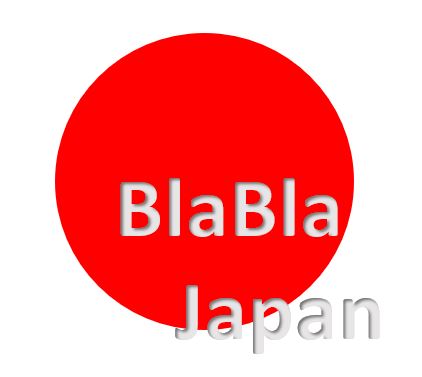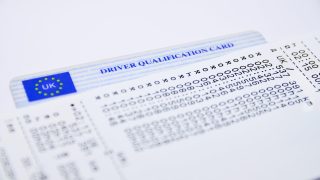Today’s topic is how to write emails and messages to your external co-workers (e.g. clients, customers etc.). If foreigners write messages to a Japanese person, you may often wonder how formal you should write or how casual you may write to them. The image of Japanese worker, and the features are politeness, modesty, and maybe keeping a distance. These are basically facts, but they are just basic knowledge about us.
Actual Japanese office workers and sales people are working hard on how to close the distance emotionally, so how to close the gap, how to get closer both inside and outside the company. But what should be emphasized is “talking casually and using casual language” are different. That is why I’d like to review the features mentioned earlier, Politeness and Modesty (to be humble).

Politeness when writing emails and messages to Japanese co-workers
No matter how close you want to be, this is a point you may never forget. For example, honorifics, in other words respectful language (Keigo) must be used always for people outside the company. Even if you are dealing with internal co-workers, you need to use honorifics when the interlocutor is older than you.
What you should be aware of is that the sense of distance between people in Japan is not determined by whether we use honorifics or not. It is Japanese culture that we can close the relationship even if we use honorifics and call each other with family names. But about this I will deepen in a different video.
Modesty when writing emails and messages to Japanese co-workers
To humble yourself is very important in Japan as you can also see that there is a humble language which is one of the honorific types.
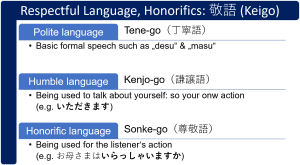
However, it is crucial for foreigners to devise how to humble yourself and get closer in Japan. Let’s say the answer simply: don’t humble yourself too much.
The main purpose of being not too humble is not to be looked down or not to be made light of you. Another purpose beyond this is you want to come to an agreement regarding your business, you want them to buy something from you, you want them to rely on you, etc. If you humble yourself too much, your position will be weaker and lower and you may not be able to proceed with your work as you wish. So, it is essential to be aware that politeness and humbleness are different. But we are not saying you shouldn’t use humble language. We are focusing on your attitude.
[word_balloon id=”unset” src=”https://blablajapan.com/wp-content/uploads/2020/10/yvikmd6E_400x400.jpg” size=”M” position=”L” name_position=”under_avatar” radius=”true” balloon=”talk” balloon_shadow=”true”]Example: “Use honorifics in order to be polite, but express your opinion firmly”[/word_balloon]
Let us repeat because it’s important. when you want to get closer with Japanese clients, it is a key how to treat casually while using honorifics.
Comparing emails and LINE messages regarding formalness
We’ll show you some specific situations where you can interact casually by comparing email and messenger such as LINE.
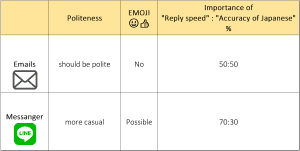
As you can see on this matrix, you have more chance to write casually via LINE. Even when Japanese people interact with customers, the degree of casualness changes depending on the tool. In other words, there is a chance when you send a LINE message.
And email is more formal. For example, even if you can use emoji on LINE, you should not use emoji in emails, and keep some formalness.
The next point is that you should wait until your clients start writing casually. If they get more casual by 30% out of 100%, you do the same but by 20% not completely same level as your clients, but show your attitude that you also changed your level of formalness.
Finally, you need to know the balance of your reply speed and the required accuracy of Japanese language. We do not demand perfect Japanese from non-native Japanese speakers. Honestly, Japanese workers would appreciate the quick reply more than accuracy. In other words, it’s better to reply in 10 minutes with 80% accuracy of Japanese than writing a reply in perfect Japanese in 1 hour. Of course, Japanese at an understandable level is the lowest line. If they do not understand your message, they will need to reply and ask “what did you mean”, which means one extra round-trip exchange. Just be aware that you don’t have to spend too much time looking for the right politeness, and the correct Kanji.
